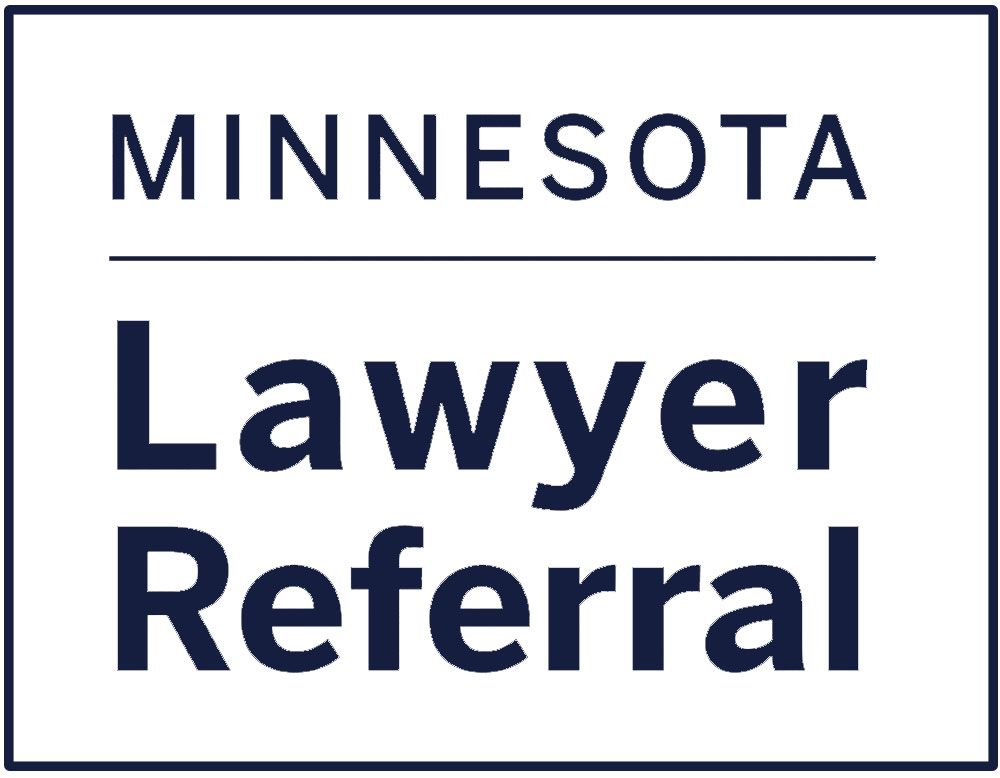
Substance use disorder (SUD) impacts over 20 million people in the U.S. It’s defined as a virtually irresistible (without concerted intervention and treatment) urge to use a substance, which results in physical dependence and increased tolerance to the substance. Increased tolerance means the user will need to take increasingly large quantities to satiate their addiction and prevent withdrawal symptoms.
The compulsory urge to use the substance as well as the physical and psychological pain and discomfort of withdrawal can make recovery immensely difficult without proper help. Unfortunately, aggressive drug enforcement laws can sometimes hinder access to effective treatment.
Many experts suggest the best way to curb drug-related offenses is to treat addiction as an ailment rather than taking harsh punitive action against addicts.
How Do You Treat Substance Abuse Disorder?
Detoxification
First, users need to eliminate the substance from their system through detoxification. During medical detox, any lingering traces of the substance are forcibly removed from the body via medication as safely as possible.
There are two approaches to detoxing – either gradually reducing dosage or completely and abruptly cutting off the user. The preferred method often depends on the substance and length of abuse. For example, opioid addicts who require high doses every day to stave off withdrawals and have been using them for years may require tapering to detox safely, while someone who uses a much smaller daily dose can be cut off abruptly and still detox safely (albeit uncomfortably).
Addicts detoxing will experience uncomfortable withdrawal symptoms either way, including restlessness, physical discomfort and vomiting anywhere from a few days to a few weeks.
Prolonged use of many drugs, including opioids, can rewire the brain. For example, opioids bind to pain regulation and reward receptors in the brain, triggering large releases of dopamine. Long-term abuse can result in the brain producing far less dopamine via natural means. In essence, a user’s brain will only provide a dopamine reward (feeling good, happy or even normal contentedness) on opioids.
Long-term abuse can result in severe anxiety and depression during withdrawal that can potentially continue after physical symptoms have abated. The length of time it takes for the brain to revert to a pre-addicted state of baseline or normal receptor activity can vary based on the individual, the length of their use and the severity of their addiction.
Withdrawal can be a physically and mentally painful process, and it can be virtually impossible for some people with SUD to tolerate it on their own. Having access to comprehensive, inpatient medical support can be essential.
Cognitive Behavioral Therapy
Cognitive behavioral therapy (CBT) is crucial for treating substance abuse disorders because behavior is at the root of the problem. Mental health professionals work with addicts to address and unlearn the underlying thoughts, emotions and history that are contributing to the substance abuse. They’ll work one-on-one with patients to help them learn healthier mental patterns and develop effective coping strategies.
Some new modifications to the CBT program include the addition of motivational interviewing (or one-on-one counseling sessions with the goal of motivating patients) and contingency management (or organizing incentives for desirable behavior, such as refraining from using a substance). Both help patients feel confident and prepared to manage their addiction once they leave the facility and maintain a desire to stay clean.
Medication-Assisted Treatment (MAT)
In some cases, patients with SUD may be prescribed medications to help manage withdrawal symptoms. For example, those withdrawing from opioids may be prescribed anticonvulsants, benzodiazepine, buprenorphine or methadone to decrease cravings, block positive associations with the substance and curb the severity of withdrawal symptoms.
How Is Minnesota Fighting Substance Abuse?
While it may seem ideal to be strict and deprive addicts of the substance to which they are addicted in hopes that those struggling will stop using, this is rarely effective without a combined therapeutic approach tailored to their unique situation.
Because of how widespread and devastating drug addiction is, Minnesota has begun implementing some measures to reduce the punitive consequences for simply being an addict. Some of these laws show a tacit acknowledgment that current policy and policing won’t address the underlying issue of addiction.
Just recently, the department decriminalized drug paraphernalia. In summer 2023, Minnesota passed a bill that legalized the possession of syringes, needles and other drug paraphernalia, even if they contain traces of drug residue, to prevent those struggling with addiction from sharing needles and spreading diseases.
The basic premise is these drug users will use regardless of whether they have clean needles. At least with clean needles, there’s a far lower risk of the spread of disease between addicts, which could further increase the cost of addiction to the public. This bill also allows community programs to legally provide clean needles and syringes, enabling more prevalent access to safer equipment. These legal touchpoints with addicts also give advocates a chance to encourage them to seek treatment.
Views on addiction and drug abuse are not changing overnight, and there are still many Minnesota laws that take a strict stance on prosecuting drug charges. Users caught in possession of illegal drugs within 300 feet of a park, school or public housing project can face up to 20 years in prison and as much as $500,000 in fines.
Get Help Finding an Experienced Drug Defense Lawyer for Your Case in Minnesota
At Minnesota Lawyer Referral and Information Service (MNLRIS), our referral counselors will connect you with a drug crime defense attorney you can trust. Call (612) 752-6699 to get in contact with a dedicated and experienced private practice defense lawyer today or explore our criminal law page to learn more.




